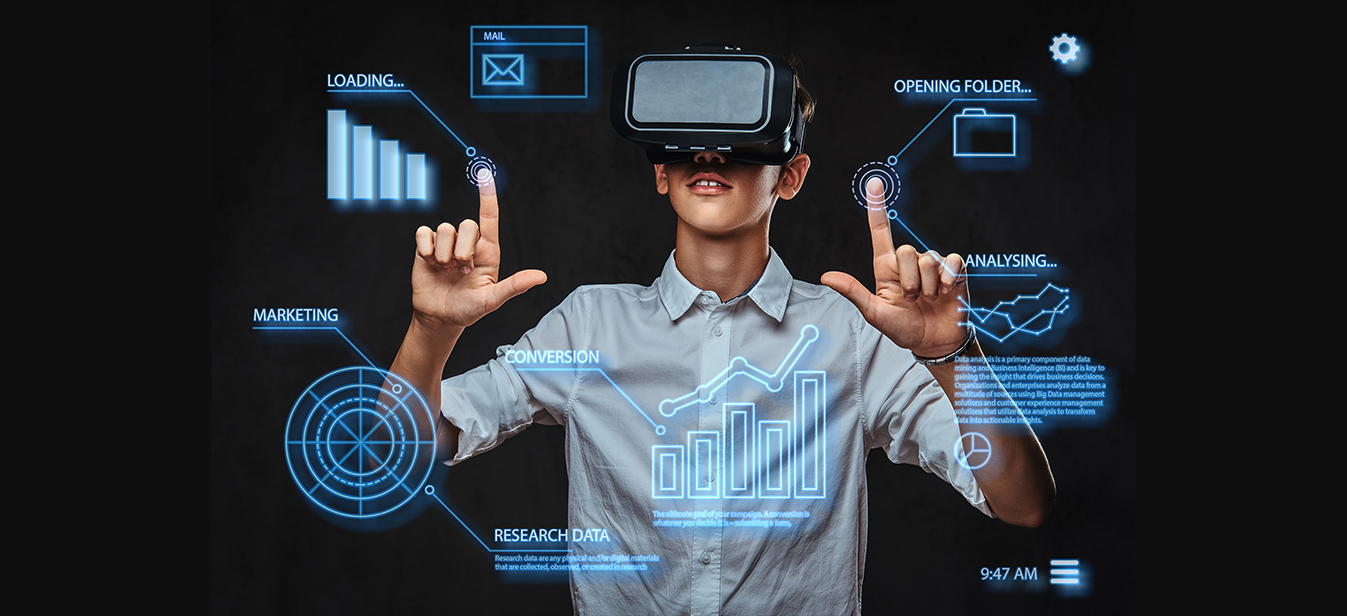As the proliferation of technology continues to make waves in our social fabric, education is one sector that can significantly benefit from technology. This ever-evolving resource has become a key instrument in every child’s learning psychology, helping technology children with its myriad applications.
Educational Technology: Education has become more powerful with the rise of various software and hardware gadgets. Access to information has taken a positive change through schools which are now using new resources to educate students worldwide. For example, in response to the global outbreak of the Covid 19 pandemic, education systems implemented virtual learning, which had previously been reserved for a select few.
Here’s a look at how technology is transforming education:
✏️ Accessibility
Schools have changed dramatically with an increasing focus on blended learning—a combination of online and traditional classrooms that allows students to take advantage of the internet’s accessibility to learn at their own pace. In traditional classrooms, teachers were forced to adapt a syllabus plan that is in line with the needs of their students. If students weren’t absorbing information at a particular pace or missed class for an extended period, they would likely fall behind on the portion. With technology, students can now rely on online course materials and resources from anywhere with a high-speed internet connection. This means that students who are absent or struggling with a concept can catch up on missed work by rewatching lectures and working through their notes.
✏️ Collaboration
Today’s students are collaborating with other students across the world through social media platforms like Facebook, Instagram and Google Meet. They’re also collaborating on school projects using platforms like Google Docs or Dropbox — programs that allow multiple users to work on a single file at once by tracking changes as they happen in real-time! This collaboration helps students develop critical thinking skills while also improving their communication skills through practical group work.
✏️ Evolved Teaching Methods
While the global workforce is becoming more competitive and technology more pervasive, educators are finding new ways to inspire students of all ages to reach their potential. From elementary school classrooms to university lecture halls, educators are prioritizing experiential learning opportunities that engage students and make them feel like they are part of a larger community.
Examples of this trend can be seen in the evolution of teaching methods. For instance, in addition to lectures, some teachers introduced group activities and group projects into their classrooms. These collaborative efforts encourage students to develop a more comprehensive understanding of a subject matter and allow them to practice what they have learned in an authentic setting.
One way students can apply concepts they are learning in school is through simulations or games that give them hands-on experience. For example, computer software allows students to practice skills such as coding without having to build a physical model or turn a test answer into a physical form. In this way, educational technology can actually expand what can be learned through traditional instruction—where classroom time may not allow for every theoretical concept to be executed in real life, simulation and game software take learners beyond what they would otherwise learn in the classroom or lab setting.
✏️ Virtual Reality (VR) and Augmented Reality (AR)
Virtual reality (VR) and augmented reality (AR) have generated excitement in the tech world for years, but they have only recently begun to revolutionize education. Both technologies allow users to view and interact with digital information while still being able to see the real world. VR is immersive, taking you out of your physical environment and putting you into a simulated one. For example, students can take a virtual trip to Rome, walking across the Coliseum’s floor and viewing its architecture firsthand. AR is more nuanced, adding digital information to real-life objects or scenes as if it were always there. In one example, students learning about cells can use AR to see a cell’s nucleus highlight itself in 3D when they point their iPad at it.
The possibilities for VR and AR are endless. They can teach people how to play instruments or even paint a picture; construct complex buildings; learn about biology by putting on goggles that let you see cells light up from within; or travel around the world without ever leaving your seat. Like everything else we’ve seen come out of technology, these technologies will change how we learn, teach others, and train ourselves for future careers.
✏️ The Way Forward
Education is an industry that has always been intertwined with technology. Virtual learning is here to stay, irrespective of the ever-increasing costs of essential infrastructures like information and communication technologies, teachers, and related educational material.
In India, where the infrastructure is constrained with inadequate resources to put in place for education at all levels, it’s time for all stakeholders to leverage technology to bridge the gap. At Square Panda, we leverage cutting-edge technologies to create accessible, inclusive, and easily replicable learning solutions that can be deployed and scaled up across India. Know more about our work: ecce.squarepanda.in

